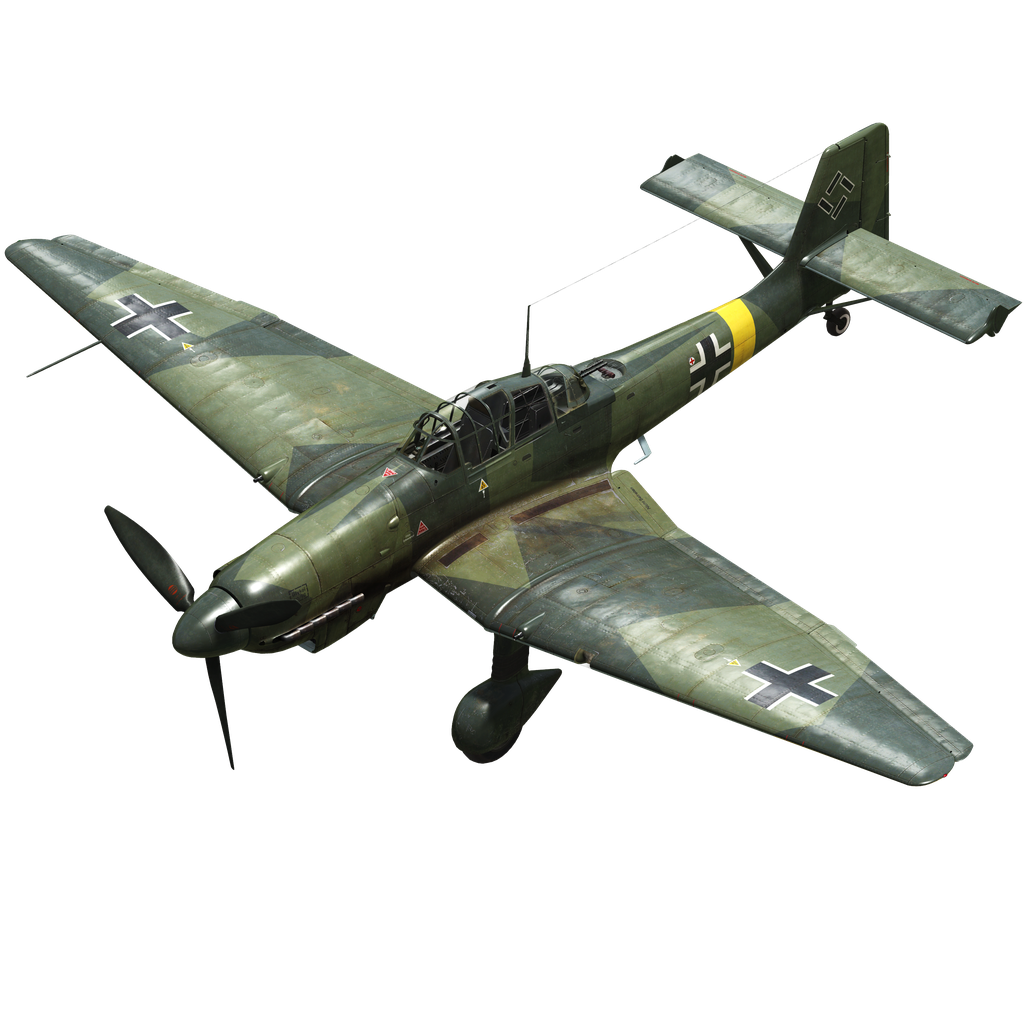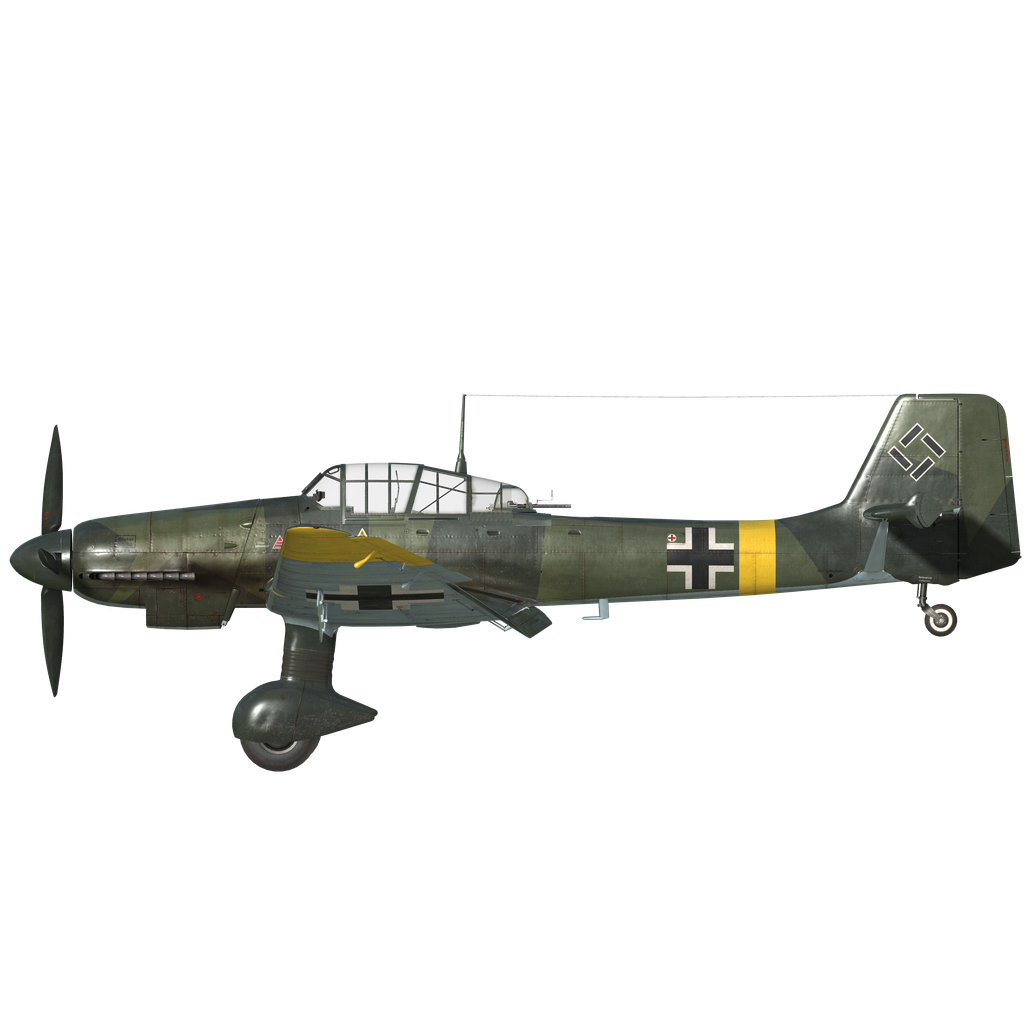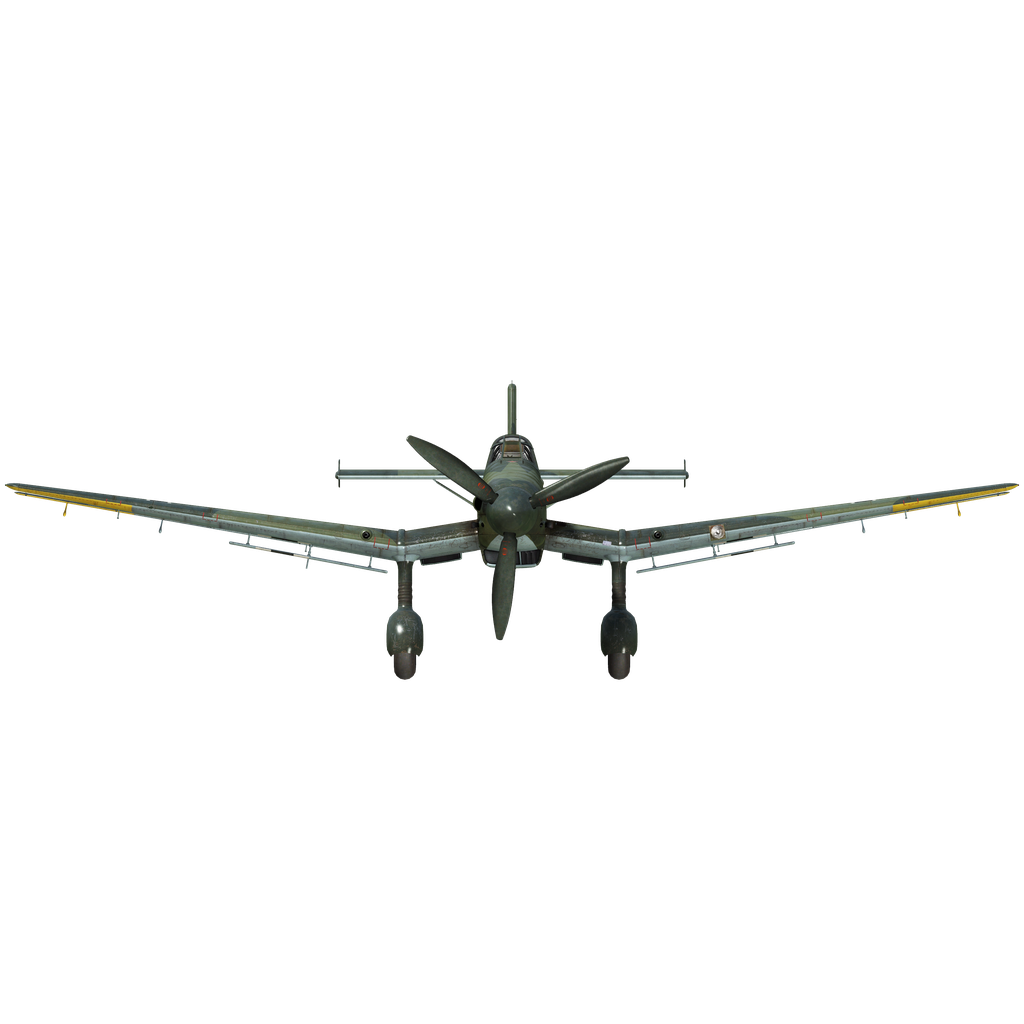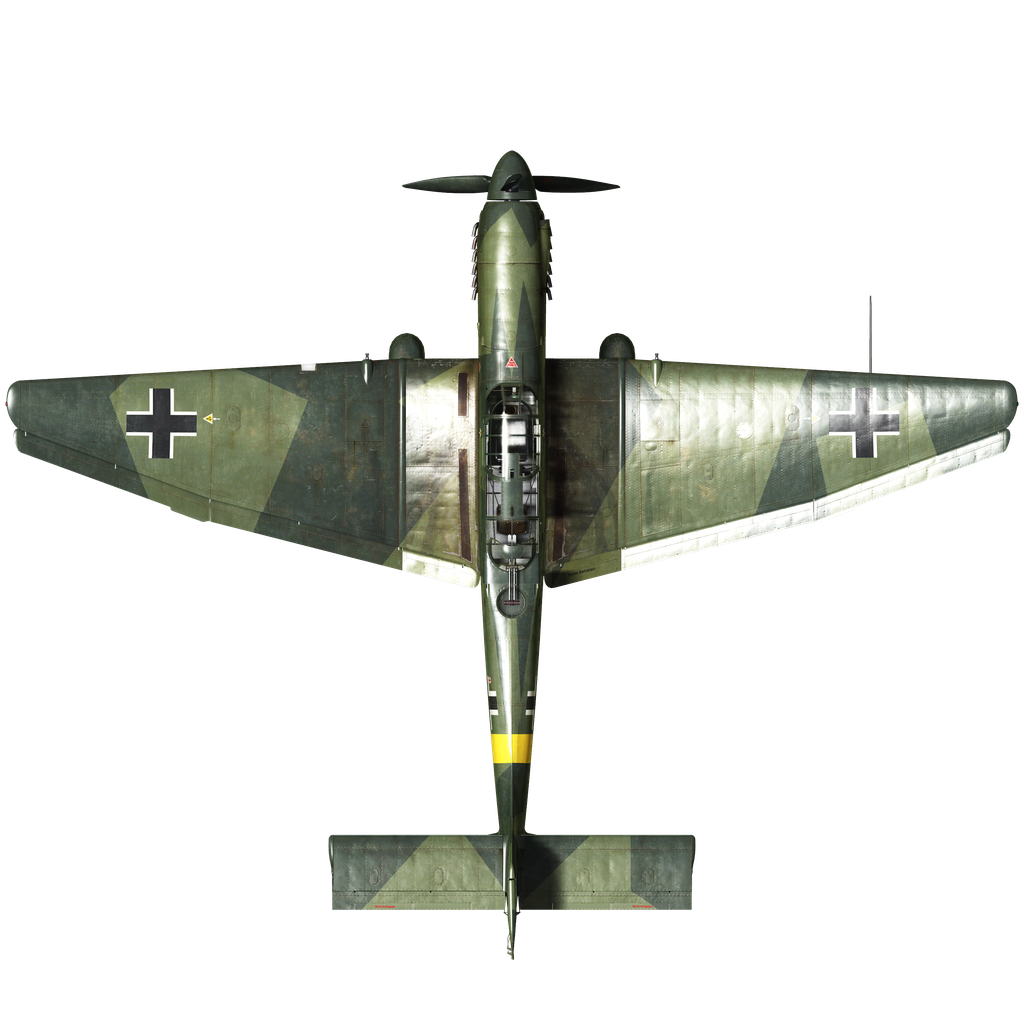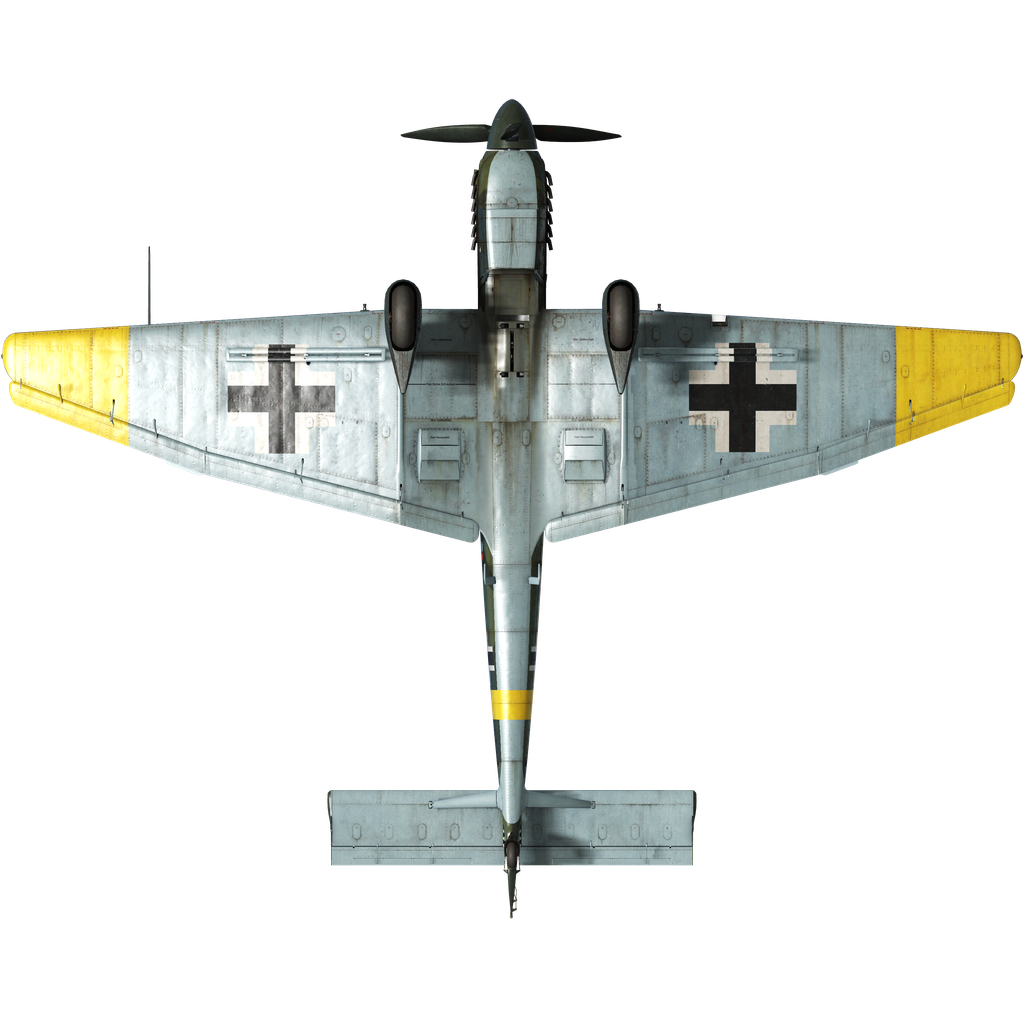In 1933, the Germans purchased 2 Helldiver dive bombers from the United States, whose tests showed high efficiency in dive bombing. In 1935, the basic requirements for a dive bomber ("Stuka" is an abbreviation of the German term Sturzkampfflugzeug - dive bomber) were determined. The Luftwaffe produced an archaic-looking Ju 87 aircraft with a fixed landing gear enclosed in fairings and mounted on a wing with a characteristic bend. The plane was successfully used in the Polish and French campaigns, but the units armed with these planes suffered relatively heavy losses due to the low speed, weak armament, and protection of the aircraft. Therefore, in 1940, the Junkers company began to develop a new modification of the Ju 87 that would be better suited for attacks on well-protected and fortified targets. The new model was called the Ju 8 D ("Dora"). The more powerful Jumo 211 engine and significantly improved aerodynamics of the aircraft made it possible to strengthen the armor, install more effective small arms, and increase the bomb load, which now included armor-piercing bombs. The vulnerability of the Ju 87 as a bomber, unable to defend itself against enemy fighters and poorly protected against antiaircraft fire, led to a complete modernization of the aircraft and a change in its primary purpose. As a result, Junkers launched the Ju 87 D-3, the first attack aircraft in the Ju 87 family.
The Ju 87 D-3 modification went into production at the end of 1942. The Jumo 211J-1 engine installed on it developed 1420 hp at takeoff and 1410 hp at an altitude of 4300 m. The cockpit, engine, and radiators of the plane were armored, the pilot was provided with a canopy made of two-inch armored glass, 8 mm chrome-nickel steel plates were installed on the cockpit sides, additional armor plates were mounted on the turret and around the gunner's head, and on some planes even the movable canopy doors were armored. The new GSL-K81Z gun mount had increased sighting angles, but gunners found the new cockpit cramped and uncomfortable. There was also an additional 5 mm armor plate under the oil cooler and armor plates covering the fuel tanks in the center section from the front and sides. However, the armor of the Ju 87 D protected the crew and vital systems of the aircraft only against armor-piercing bullets of conventional caliber, provided that the shooting was carried out at a distance of up to 400 m and the angle of contact with the armor did not exceed 15-20 degrees.
On the wings, the rubber "anti-skid" track was replaced by a corrugated metal strip. The air brakes were retained.
The small arms did not change and still consisted of three 7.92 mm machine guns. The main weapons of the D-3 were containers filled with 92 SD 2 fragmentation bombs of 2 kg each. Bombs of 500 and 250 kg could also be carried.
Almost all of the 1,559 Ju 87 D-3s produced went to the Eastern Front. As the war progressed, the use of the "Stukas" on both the Eastern and Western fronts became increasingly limited due to their high vulnerability, so that by the end of the war they were mainly used in special "night" formations, and in October 1944 production of all Ju 87 models was stopped.
1. W. Creen “The Warplanes of the Third Reich”, Galahad Books, 1986
2. “Wings of the Luftwaffe” Translation of V. Green’s book “Combat Aircraft of the Third Reich” by A. Firsov, 1993
3. A. Demin. “Junkers Ju 87 dive bomber” Magazine “Aviation and Cosmonautics”, No. 6-10 2001
4. Materials from the site airwar.ru
